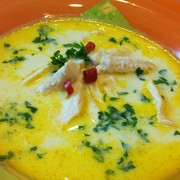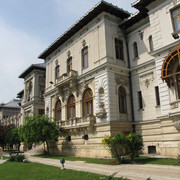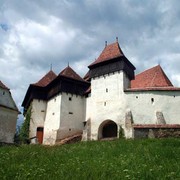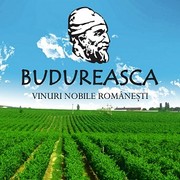The idea of building a Russian church belongs to Tsarina Maria Alexandrovna who wanted to place it at the beginning of the avenue dedicated to her; in 1890, the Grand Duke Sergei Michailovich, who also lived in San Remo, supported the project and formed, in 1910, the "Committee for the church construction" with a special decree of Emperor Nicholas II, who did not only authorize the collection of funds for the building, but it was one of the main benefactors and donors. Count Cheremetiev, a resident of San Remo, was appointed chairman of the committee, assisted by Count Talevič.

Among committee members was architect Alexei Viktorovič Čtchoussev, who contributed to the design of the church. He was the designer of Lenin's mausoleum, located on the Red Square in Moscow, as well as other buildings of the regime, for which he earned the title of "Soviet Albert Speer" (Albert Speer was the architect of Hitler's regime). In addition to the Russian church in San Remo, he contributed to building the Russian church in Bari and the monastery of Santa Marta and Santa Maria in Moscow. Curiously, however, the architect is remembered more for the churches demolished during the Soviet period, rather than by the ones realized in prior times. Čtchoussev never visited San Remo and works were then directed by a local architect, Pietro Agosti.
The first stone of the church was laid in November 1912; on this occasion the church was dedicated to Christ the Saviour, in Santa Caterina, the third century martyr, and St. Seraphim of Sarov, the great starets of the nineteenth century.
The church lays on concrete foundations, is made of bricks and has five onion domes. A cubic shape following the style of 17th century Moscow churches, with the characteristics of kokočniki decorations. The top of the exterior walls is semicircular ensuring a smooth transition from the square shapes of the walls to the rounded domes. These, topped with crosses in Russian style, are covered with multi-colored scales, which give a bright and cheerful aspect to the building. Also in Moscow style, the bell tower is topped by a small onion dome.

Compared to the beautifully decorated exterior, the church interior looks quite sober. It is in fact not painted, and the main decoration consists of splendid iconostasis. For the realization of the icons of Christ and the Mother of God were commissioned copies of two famous works by Mikhail Vrubel for the Church of St. Cyril in Kiev and by Victor Vasnetsov for the Cathedral of St. Vladimir in the same city, respectively.
In recent times, many valuable works by iconographer Alexander Moltchanov were added.
In addition, there are busts representing the king of Italy Vittorio Emanuele III and his wife, Elena of Montenegro, daughter of Nicholas I in front of the church.

















